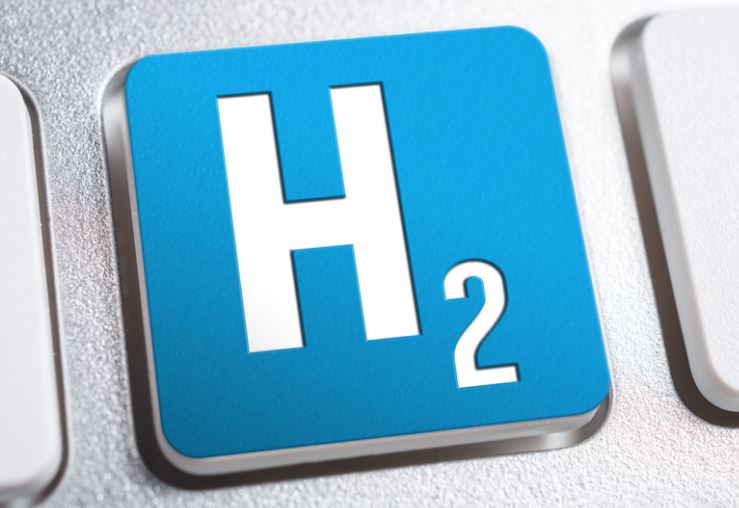In the ongoing quest to harness the power of hydrogen as a sustainable energy source, researchers have been focusing on developing sophisticated storage solutions. One of the key advancements in this field is the introduction of the HyStor database, as detailed in the recent publication by Nikhil Wilson and colleagues.
This comprehensive database offers a robust collection of hydrogen storage properties for a wide array of metal alloys, significantly enhancing research potential in this vital area.
The HyStor database contains information on 1282 metal alloys, documenting their maximum hydrogen storage capacity at various absorption temperatures. Compared to the existing HydPark database, which includes 831 entries, HyStor represents a substantial expansion with the addition of 451 new compositions. These compositions were meticulously sourced from research articles and patent documents to ensure a broad and comprehensive collection.
A particularly notable aspect of the HyStor database is the inclusion of new classes of alloys. Low entropy alloys (LEA), medium entropy alloys (MEA), and high entropy alloys (HEA) are now represented, which reflects the latest materials of interest in hydrogen storage research. This inclusion not only broadens the database’s scope but also provides researchers with cutting-edge materials to explore.
Ensuring the reliability of data is crucial for any scientific endeavor. The research team conducted rigorous checks to eliminate duplicates, correct errors, and resolve any data conflicts. Potential outlier compositions were also closely examined to maintain high data quality. These efforts directly improved the performance of the accompanying machine learning model, HYST, which is trained on HyStor data.
The development of the HyStor database represents a significant advancement in the field of computational materials science. By providing a more reliable and extensive dataset, researchers can better harness machine learning techniques to accelerate material discovery and design.





